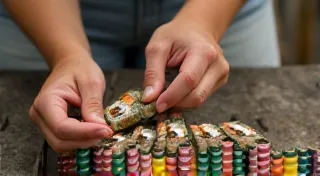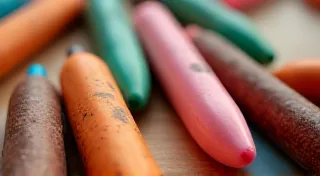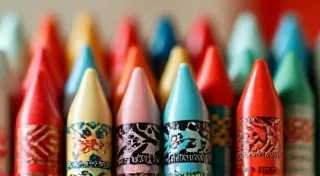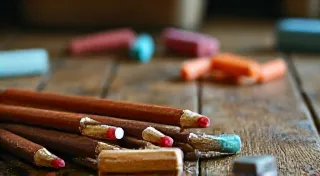Caring for Your Vintage Eraser Collection: Preservation Tips
Welcome to the fascinating world of vintage pencil erasers! Whether you’re a seasoned collector or just beginning your journey, preserving these little pieces of history is crucial to maintaining their value and enjoying them for years to come. Unlike many collectibles, vintage erasers are inherently fragile, vulnerable to environmental factors, and often made of materials that degrade over time. This guide provides practical and detailed advice on how to properly care for your collection, preventing deterioration and ensuring its longevity.
Understanding the Enemy: Factors That Damage Vintage Erasers
Before delving into preservation techniques, it’s essential to understand what causes damage. Here are the primary threats to your vintage pencil erasers:
- Light Exposure: Sunlight and even artificial light can fade colors and break down rubber compounds, leading to brittleness and cracking. This is particularly true of brightly colored erasers.
- Humidity: High humidity promotes mold and mildew growth, particularly problematic for older rubber erasers. It can also cause warping and stickiness. Low humidity, conversely, can dry out rubber, making it brittle.
- Temperature Fluctuations: Rapid and significant temperature changes cause expansion and contraction, stressing the eraser material and accelerating deterioration.
- Dust and Airborne Particles: Dust accumulates, trapping moisture and grime, leading to discoloration and surface damage.
- Physical Handling: The oils from our hands can stain and weaken rubber, and rough handling can easily cause chips and breaks.
- Chemical Exposure: Exposure to solvents, cleaners, or even certain types of paper can damage the eraser material.
- Rubber Degradation (OCR - Ozone Cracking): This is a natural aging process where ozone reacts with the rubber, causing surface cracks.
Storage Solutions: Creating a Protective Environment
The key to preserving your vintage eraser collection lies in creating a stable and protective storage environment. Here’s a breakdown of best practices:
1. The Ideal Location:
Choose a location within your home that is consistently cool, dry, and away from direct sunlight. Basements and attics are generally not ideal due to fluctuating temperatures and potential humidity issues. A spare closet, a guest room, or a climate-controlled storage unit (if you live in a region with extreme weather) can be good options.
2. Storage Containers:
Acid-Free Boxes: These are your best friend! Acid-free boxes prevent the transfer of damaging acids from the box material to your erasers. Choose boxes that are sized appropriately to fit your erasers without being overly large (less air space is better). Polypropylene Containers: These are chemically inert and won’t react with the erasers. Ensure they are labeled "acid-free" and designed for archival storage.Individual Sleeves (Optional): For particularly valuable or fragile erasers, consider using individual acid-free polyethylene sleeves. These offer an extra layer of protection.
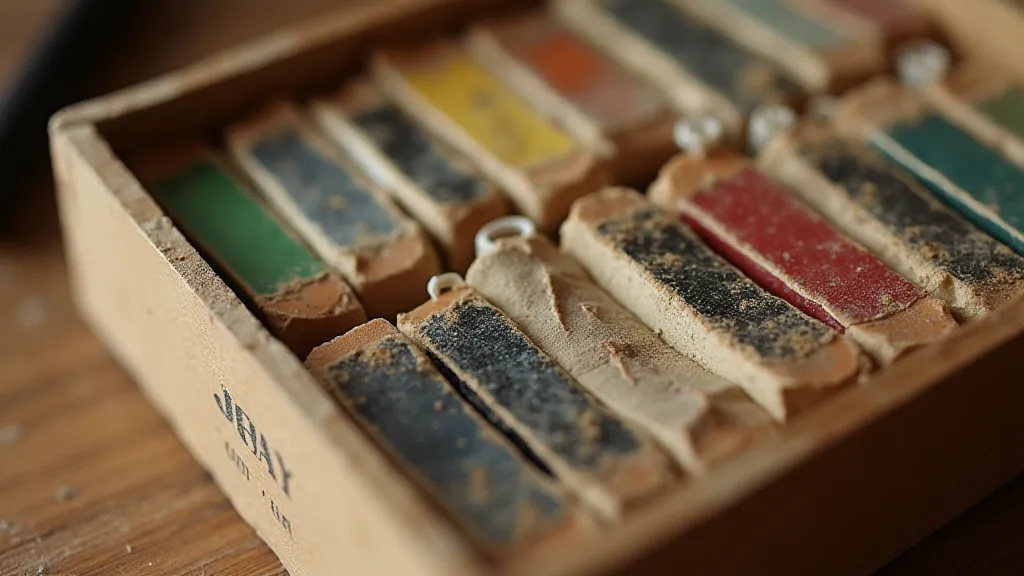
3. Layering Your Defense:
Don't just toss your erasers into a box! Here's a layered approach to storage:
- Padding: Use acid-free tissue paper or unbuffered muslin to pad the bottom of the box and wrap individual erasers, especially those that are fragile or have intricate designs.
- Air Circulation (Limited): While minimizing air space is good, a *tiny* bit of airflow can prevent moisture buildup. Don’t seal the box completely airtight.
- Desiccants (Optional): Silica gel packets can help absorb moisture. Replace them periodically. Be *very* careful not to let them come into direct contact with the erasers, as they can sometimes leave a residue.
Handling with Care: Minimizing Physical Damage
Your hands can be a significant source of damage. Follow these guidelines for safe handling:
- Clean Hands: Always wash your hands thoroughly with mild soap and water before handling your vintage erasers. Dry them completely.
- Cotton Gloves (Recommended): For valuable or fragile erasers, consider using thin cotton gloves.
- Gentle Touch: Handle erasers with extreme care. Avoid bending, twisting, or applying pressure.
- Proper Placement: When placing erasers in storage, do so gently, avoiding dropping or bumping them.
Monitoring and Maintenance: Long-Term Preservation
Preservation isn't a one-time effort; it’s an ongoing process.
- Regular Inspections: Check your erasers at least once a year. Look for signs of deterioration such as cracking, discoloration, stickiness, or mold.
- Humidity Monitoring: Use a hygrometer (humidity monitor) to track the humidity levels in your storage area. Aim for a relative humidity between 30% and 60%.
- Temperature Checks: Monitor the temperature, especially during seasonal changes.
- Dusting: Gently dust the storage area.
- Documentation: Keep a record of your collection, including descriptions, values, and any observed condition issues. This is helpful for insurance purposes and tracking changes over time.
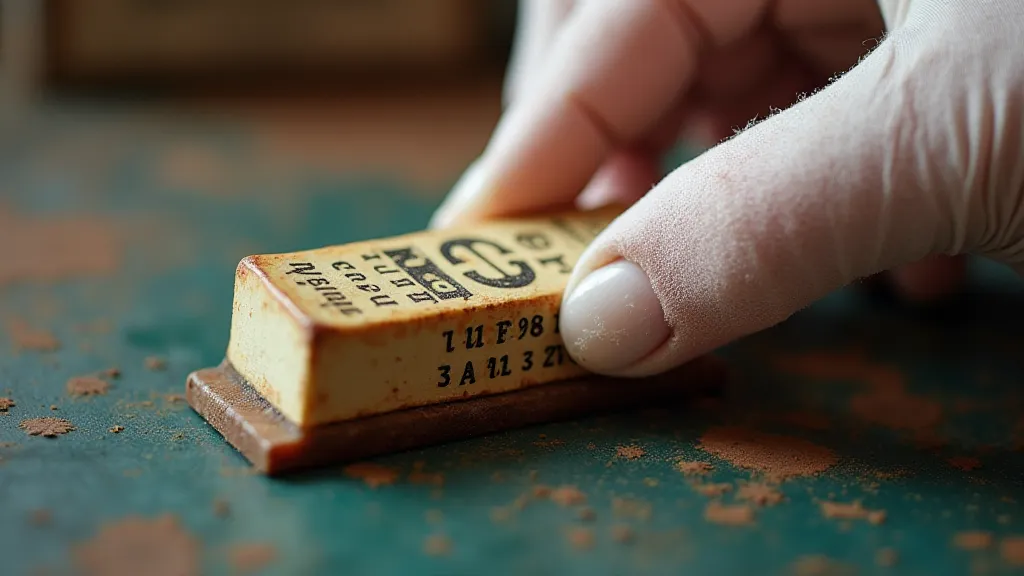
Specific Eraser Material Considerations:
Different materials require slightly different care:
- Rubber Erasers (Natural & Synthetic): Most susceptible to ozone cracking and drying. Keep humidity levels moderate.
- Celluloid Erasers: Celluloid is prone to brittleness. Handle with extreme care and avoid temperature fluctuations.
- Composition Erasers: These are often more durable but can still be affected by moisture and light.
Dealing with Existing Damage
Unfortunately, some deterioration is unavoidable, especially with older erasers. While you can’t reverse existing damage, you *can* prevent it from worsening. Do not attempt to clean or repair vintage erasers yourself – this can easily cause further damage. If you have an eraser that is particularly valuable and shows signs of significant deterioration, consult with a professional paper conservator for advice.
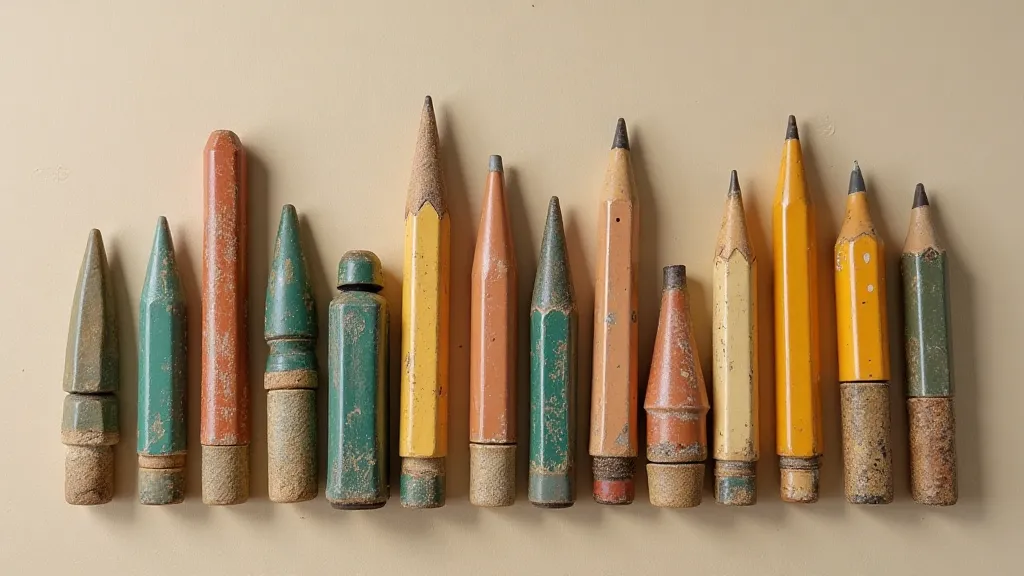
Conclusion
Caring for your vintage pencil eraser collection requires a commitment to preventative measures and careful attention to detail. By following the tips outlined in this guide, you can protect these unique pieces of history and enjoy them for generations to come. Happy collecting!

